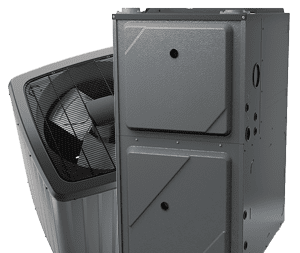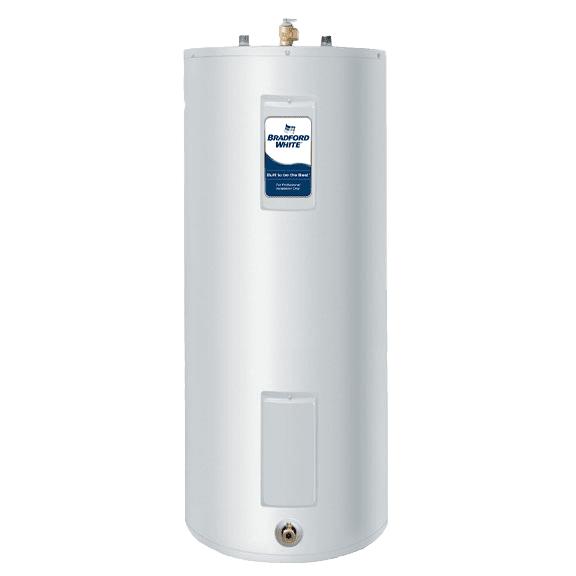Air Purifiers vs. Air Filters: What’s Best for Your Home?

Air Purifiers vs. Air Filters: What’s Best for Your Home?
Canadians spend 90% of their time indoors. All that time inside can be harmful to our health, especially when it comes to air quality. Poor air quality can cause a variety of health issues, including nausea, headaches, coughing, and skin irritation. It has even been linked to problems with children’s development and lung disease later in life. The harmful effects of poor indoor air quality are well known, but how do you improve your home’s air?
What to Worry About
There are three main categories of air pollutants: biological pollutants, chemical pollutants, and radiological pollutants. Biological pollutants come from living organisms, such as:
- Mold
- Fungi
- Bacteria
- Dust mites
- Pollen and spores
Most air purifiers and air filters focus on eliminating biological pollutants since chemical and radiological pollutants like carbon monoxide and radon cannot be filtered or purified and need to be eliminated at the source.
How do Air Purifiers Work?
Air purifiers destroy, kill, or otherwise neutralize the source of air pollution. Biological pollutants like bacteria, dust mites, and mold can largely be neutralized with air purifiers. The exact number of contaminants the purifier can eliminate will depend on the type and location of your air purifier.
Most air purifiers can either be placed in individual rooms or need to be integrated with your HVAC system. The smaller portable units can be moved from room to room, but are usually limited in their purifying capacity. On the other hand, air purifiers that are integrated with your HVAC system tend to be more effective at eliminating pollutants on a larger scale throughout your home.

UV Air Purifiers
UV air purifiers can be highly effective in eliminating microorganisms and can be integrated with your HVAC system. As air passes through your ducts, it comes into contact with a UV light. The UV light kills the biological pollutants, rendering them harmless.
How do Air Filters Work?
Air filters, also known as mechanical air filters, physically trap pollutants and prevent them from re-entering your home’s air. They require constant airflow to be effective, which makes them noisier and means they require more energy, but filters are the best way to physically remove contaminants from the air in your home.
Like air purifiers, air filters are available in portable units or can be integrated with your HVAC system. Furnaces have an existing filter already, which does help to remove some pollutants from the air. If you’re concerned about air quality, some homeowners choose to use more advanced filters, such as HEPA filters, to act as a furnace filter and remove more contaminants from the air.
HEPA Filters
A HEPA (high-efficiency particulate air) filter is widely regarded as the gold standard when it comes to air filters. You can get HEPA filters as individual units, as vacuums, and as furnace filters. HEPA filters can trap 99.97% of dust particles and other contaminants as small as 0.3 microns in size.
Which is Best for Your Home?
The best choice for your home will ultimately depend on what type of contaminants you’re most concerned about. If you have an allergy to dust mites, for example, you may benefit more from an air purifier that actually kills dust mites, such as a UV air purifier. Alternatively, someone with allergies to pet dander might benefit more from an air filter, such as a HEPA filter, which will trap pet hair and dander and keep it out of the air.
Ultimately, the best solution for most homes a two-pronged approach that includes both a UV air purifier and a HEPA filter. The UV air purifier neutralizes mold, bacteria, and viruses while the filter collects the remaining particulates.
Quick Tips to Improve Home Air Quality
In addition to air purifiers and air filters, there are various ways you can reduce the number of contaminants in your home in the first place. This includes dealing with water damage immediately to help prevent mold growth, avoiding smoking inside, and not using wood-burning fireplaces.
Regular vacuuming can also go a long way in reducing the amount of dust and dust mites in your home. A duct cleaning can also help remove the accumulation of dust in your vents, which ultimately makes its way into your home’s air.
If you have questions about how to keep your home’s air clean, contact the home comfort experts at Francis Home Environment. We’ve been working with Ottawa families since 1933, and can provide you with tried and true air quality advice for your home.

